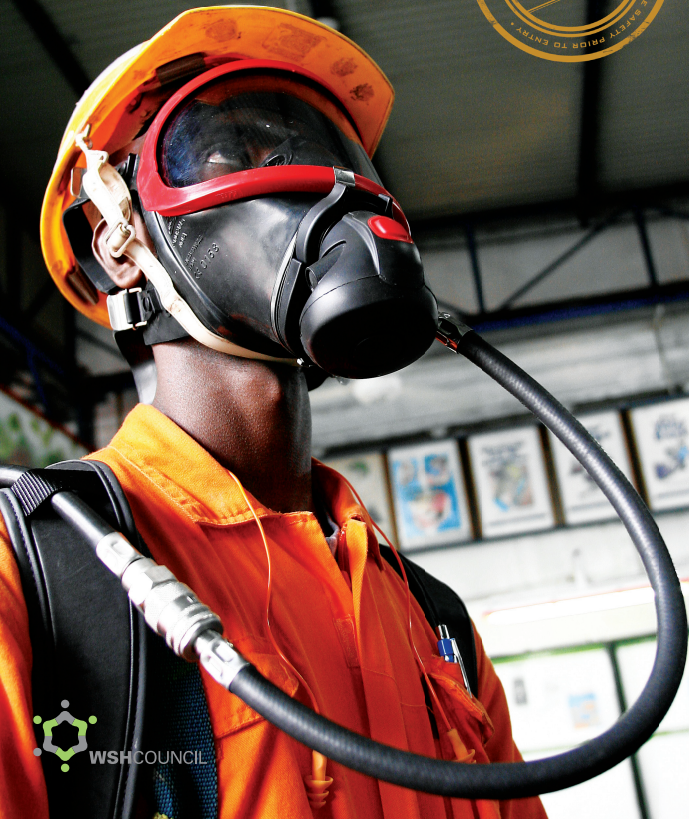Here’s a revised version with shorter sentences, more active voice, and additional transition words to improve flow:
The guideline of confined spaces ensures the safety of workers in these high-risk environments. It provides a clear structure for identifying hazards, implementing safety measures, and minimizing risks.
Supervisors, entrants, and confined space attendants have key roles in maintaining safety. Supervisors ensure all safety measures are in place. Entrants must follow safety protocols, and attendants monitor conditions to ensure safe entry and exit.
Confined spaces pose unique dangers like limited ventilation and toxic gases. The guideline of confined spaces helps identify these risks and sets out steps to ensure safety, such as proper ventilation and continuous monitoring.
Risk assessment is essential. Workers must evaluate air quality, watch for toxic exposure, and identify mechanical entrapment risks. The guideline helps ensure thorough hazard recognition.
Best practices include using confined space entry permits and ensuring protective gear. The guideline of confined spaces emphasizes planning and checks before entry.
An emergency response plan is crucial. It details rescue procedures and ensures proper training and equipment. The guideline ensures that workers are ready for any incidents.
Training is vital. Workers must understand risks and know how to respond. The guideline of confined spaces ensures personnel are trained in safety procedures and emergencies.
By following the guideline of confined spaces, organizations reduce risks and create safer work conditions. It also helps ensure compliance with safety regulations.



